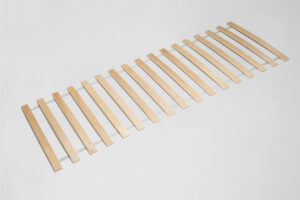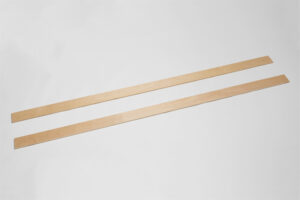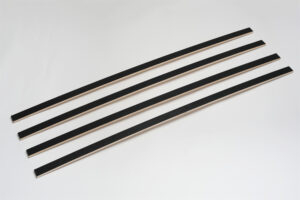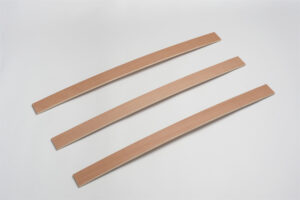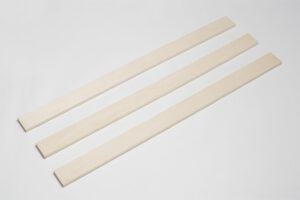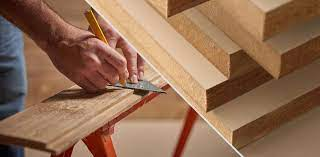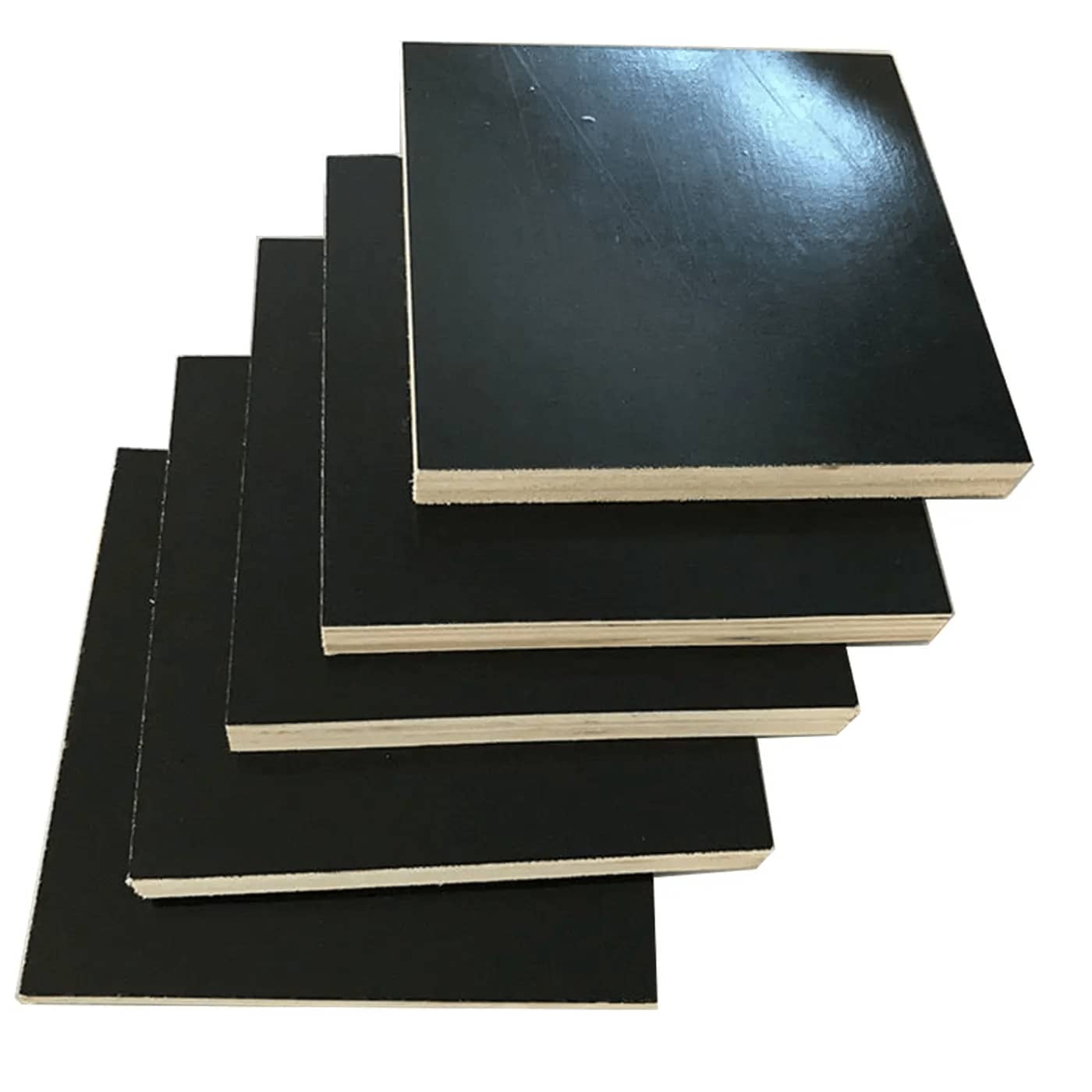In the world of furniture manufacturing, the devil is in the details. While aesthetics and design trends often steal the spotlight, it’s the often-overlooked components that truly dictate the comfort, durability, and overall success of a bed frame. One such detail, often relegated to the shadows beneath the mattress, is the humble bed slat. And within the realm of bed slats, a critical question emerges: How wide should bed slats be?
This comprehensive guide delves into the intricacies of bed slat width, empowering you, the discerning furniture manufacturer, to make informed decisions that will elevate your bed frames from simply functional to havens of restful sleep. Whether you specialize in minimalist platform beds, robust king-size frames, or cater to the unique demands of memory foam mattresses, understanding the nuances of slat width is essential for optimizing support, comfort, and ultimately, customer satisfaction.
Why Slat Width Matters: Beyond a Supporting Role
Before we dive into the specifics of optimal bed slat width, let’s take a moment to appreciate why this seemingly minor detail deserves your undivided attention. It’s not just about holding the mattress aloft; slat width directly impacts the user experience in several key ways:
- Weight Distribution Wizards: Bed slats act as a suspension system for your mattress, distributing weight evenly across the bed frame. The width of these slats directly influences their ability to effectively disperse weight, preventing sagging, and ensuring a comfortable and supportive sleep surface. This is particularly crucial for larger bed sizes, like Queen, King, and California King, where the weight of the mattress and occupants is significant. Wider slats in these applications can better handle and distribute the increased load, preventing premature wear and tear on the frame and mattress.
- Guardians of Mattress Longevity: A mattress is a significant investment for most consumers, and its lifespan is directly linked to the support it receives from the bed frame. Properly sized slats, with the ideal width to match the mattress type and weight load, can significantly extend the life of a mattress, reducing sagging, and preserving its intended shape and comfort over time. This translates to happier customers who enjoy years of restful sleep on a supportive and durable bed frame, enhancing your brand reputation for quality and longevity.
- Silent Partners in Sleep: No one enjoys a squeaky, creaky bed, especially not light sleepers or those sensitive to noise disturbances. The width of your bed slats can play a subtle yet significant role in minimizing noise and movement. Wider slats, with their increased surface area, tend to create a more stable and quieter foundation, reducing friction points and minimizing the potential for noise-inducing rubbing or shifting. This is particularly beneficial in bed frames designed for couples, where movement on one side of the bed is less likely to transfer to the other, promoting undisturbed sleep.
Factors Influencing Ideal Slat Width: A Balancing Act
Determining the ideal bed slat width is not a one-size-fits-all equation. Several factors come into play, each influencing the optimal width required for optimal support, comfort, and longevity. Understanding these factors and how they interact is key to making informed decisions for your specific bed frame designs:
- Mattress Type: The type of mattress you’re designing for plays a crucial role in determining the ideal slat width. Here’s a general guideline:
- Memory Foam & Latex Mattresses: These mattresses, known for their body-conforming properties, typically require narrower slats, spaced closer together, to provide adequate support and prevent the mattress from sinking or sagging between the slats. This closer spacing, often referred to as a “zero-gap” or “close-set” slat system, ensures that these types of mattresses receive consistent support across their entire surface, maximizing their pressure-relieving and contouring benefits. This is particularly important for consumers seeking pressure point relief or those with back pain.
- Innerspring Mattresses: These mattresses, with their internal coil system, can generally handle slightly wider slats, as the coils themselves provide a degree of support and weight distribution. However, the ideal slat width for innerspring mattresses can vary depending on the gauge (thickness) of the coils and the overall firmness level of the mattress. Firmer innerspring mattresses with thicker coils may perform well with wider slats, while softer mattresses or those with thinner coils might benefit from slightly narrower slats to prevent excessive sinking and maintain proper spinal alignment.
- Hybrid Mattresses: Combining elements of both memory foam/latex and innerspring mattresses, hybrids often benefit from a middle-ground approach, with slat width and spacing tailored to the specific construction and firmness level of the mattress. It’s essential to consider the thickness and density of the comfort layers (memory foam or latex) as well as the coil system beneath to determine the optimal slat width for hybrid mattresses. Collaborating with mattress manufacturers or conducting thorough testing can help determine the ideal slat configuration for these increasingly popular mattress types.
- Bed Size: As bed size increases, so too does the weight load the slats need to support. Larger beds, such as queen, king, and California king sizes, generally benefit from wider slats to ensure adequate weight distribution and prevent sagging. This is especially important for king-size beds, which tend to be subjected to higher weight loads due to their larger sleeping surface and the potential for multiple occupants. Using wider slats in larger bed frames ensures structural integrity, prevents premature sagging, and contributes to a longer lifespan for both the frame and the mattress.
- Slat Material: The material from which your slats are constructed also influences the ideal width.
- Solid Wood: Known for its strength and rigidity, solid wood slats can often be slightly wider while still providing adequate support. Hardwoods like beech, birch, and maple are popular choices for their durability and ability to withstand weight and pressure over time. Solid wood slats offer a premium aesthetic, appealing to consumers seeking natural materials and a classic look.
- Plywood: While a cost-effective option, plywood slats may require a slightly narrower width to compensate for their potentially lower strength and rigidity compared to solid wood. However, advancements in plywood manufacturing have led to the development of higher-grade plywood options with improved strength and durability, potentially allowing for slightly wider slat widths in certain applications. Plywood slats can be a practical choice for budget-friendly bed frames or for manufacturers seeking lightweight yet durable options.
- Metal: Metal slats, prized for their strength and durability, can often handle wider widths without compromising support. Steel is a common choice for metal bed slats due to its high tensile strength and resistance to bending or breaking under pressure. Metal slats are particularly well-suited for larger bed sizes or situations where exceptional weight-bearing capacity is required, such as adjustable beds or frames designed for heavier individuals.
Finding the Sweet Spot: General Guidelines for Slat Width
While the ideal bed slat width will always depend on the specific factors outlined above, here’s a general range to guide your decision-making. These guidelines can serve as a starting point for your design process, with further refinement based on the specific requirements of your bed frames and target market:
- Narrow Slats: Widths between 1.5 to 2.5 inches are generally considered narrow and are often suitable for memory foam or latex mattresses, smaller bed sizes (twin or full), or situations where closer slat spacing is desired for enhanced support. This slat width range is also commonly found in platform beds, where the slats are typically spaced closer together and designed to provide a solid and supportive foundation for the mattress without the need for a box spring. Narrow slats are a popular choice for manufacturers catering to consumers seeking pressure point relief, enhanced mattress breathability, or a firmer sleep experience.
- Medium Slats: Widths between 2.5 to 3.5 inches fall into the medium range and offer a versatile option suitable for a variety of mattress types and bed sizes. This range strikes a balance between support, breathability, and cost-effectiveness, making it a popular choice for many furniture manufacturers. Medium-width slats are commonly used in traditional bed frames with a center support rail, providing ample support for most mattress types and weight loads. This slat width range offers a good balance of versatility, affordability, and performance, making it a safe bet for a wide range of bed frame designs.
- Wide Slats: Widths above 3.5 inches are considered wide and are typically reserved for larger bed sizes (queen, king, California king), heavier mattresses, or situations where maximum weight distribution and support are required. Wide slats are also often used in bed frames designed to accommodate heavier individuals or couples, as they provide a more robust and stable foundation. Additionally, wider slats can contribute to a more contemporary aesthetic, appealing to consumers seeking a modern and minimalist design.
The Slat Width Equation: Factors to Consider
To further refine your approach to bed slat width, consider these additional factors. These elements work in conjunction with slat width to influence the overall performance and longevity of your bed frames:
- Slat Spacing: The spacing between slats works in tandem with slat width to determine overall support and breathability. Closer spacing generally requires narrower slats, while wider spacing allows for slightly wider slats. The ideal slat spacing can also be influenced by the mattress manufacturer’s recommendations, as some mattresses may require specific slat spacing for optimal performance and warranty coverage. For example, memory foam mattresses often benefit from closer slat spacing to prevent sagging and maximize their contouring properties, while innerspring mattresses may perform well with slightly wider spacing to enhance airflow and breathability.
- Slat Thickness: Thicker slats are inherently stronger and can often handle slightly wider widths without compromising support. Thinner slats may require a narrower width to maintain structural integrity. The thickness of your slats will also impact the overall weight capacity of your bed frame, with thicker slats generally contributing to a higher weight limit. When selecting slat thickness, consider the materials used, the intended bed size, and the expected weight load to ensure adequate support and prevent slat breakage over time.
- Center Support: Incorporating a center support rail, particularly for larger bed sizes, can enhance the weight-bearing capacity of the slat system, potentially allowing for slightly wider slats without compromising support. A center support rail helps to distribute weight more evenly across the bed frame, reducing stress on individual slats and preventing sagging over time. This is particularly beneficial for bed frames designed for heavier individuals, couples, or those who prefer a firmer sleep surface.
Visualizing the Difference: Slat Width in Action
To better understand the impact of slat width and its application in different bed frame designs, let’s visualize the differences using a table:
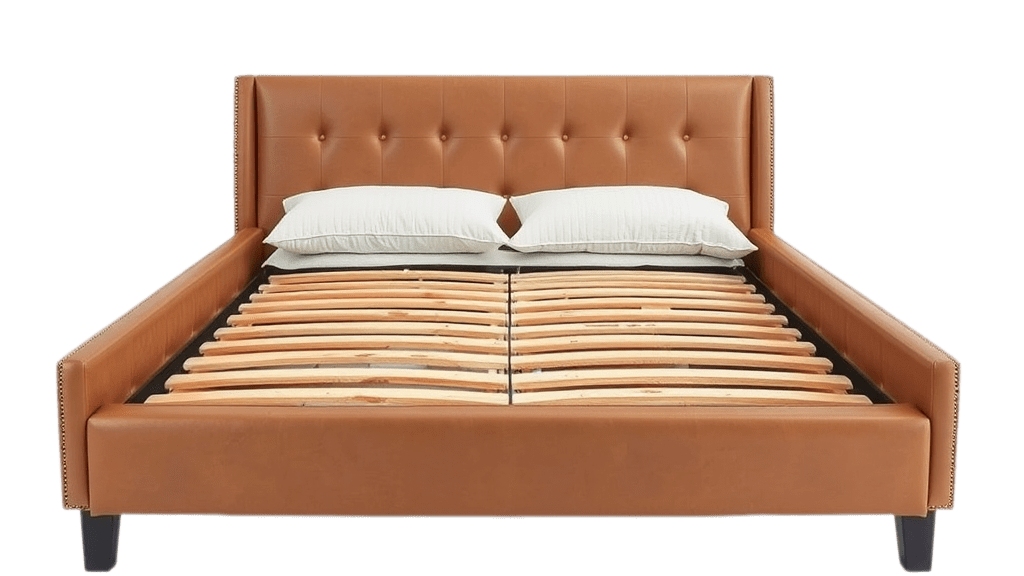
| Slat Width | Advantages | Disadvantages | Ideal For |
|---|---|---|---|
| Narrow (1.5″ – 2.5″) | Enhanced support for conforming mattresses, Increased breathability, Reduced risk of mattress sagging between slats | May require more slats per bed frame, Potentially higher material costs | Memory foam or latex mattresses, Smaller bed sizes (twin or full), Platform beds, Slatted bed bases for existing frames, Situations requiring closer slat spacing |
| Medium (2.5″ – 3.5″) | Versatile option suitable for various mattress types, Good balance of support and breathability, Cost-effective choice | May not provide adequate support for very heavy mattresses or larger bed sizes without a center support | Variety of mattress types and bed sizes, Traditional bed frames with a center support rail, Situations where a balance of support and breathability is desired |
| Wide (3.5″ and above) | Maximum weight distribution and support, Reduced risk of slat bending or breaking, Ideal for heavier mattresses and larger bed sizes | May compromise breathability if slats are spaced too closely, Potentially higher material costs | Larger bed sizes (queen, king, California king), Heavier mattresses, Bed frames designed for heavier individuals or couples, Situations requiring maximum support, Modern and minimalist bed frame designs |
Partnering for Success: Collaborating with Slat Suppliers
Choosing the right slat supplier is as crucial as determining the ideal slat width for your bed frames. Look for suppliers who understand the nuances of slat design and can provide the expertise and support you need to create high-quality, durable, and comfortable bed frames:
- Offer a Range of Slat Widths: A reputable supplier will understand that one size does not fit all and will offer a variety of slat widths to accommodate different mattress types, bed sizes, and design preferences. This allows you to source the ideal slats for each of your bed frame models, ensuring optimal support and comfort for your customers. Having access to a range of slat widths also provides flexibility in your design process, allowing you to experiment with different configurations and find the perfect balance for each bed frame model.
- Provide Expert Guidance: Seek out suppliers who are willing to collaborate with you, offering insights and recommendations based on your specific needs and design specifications. A knowledgeable slat supplier can act as a valuable resource, providing technical expertise and helping you navigate the nuances of slat width, spacing, and material selection. They can also advise on industry best practices, material sourcing, and quality control measures to ensure you’re making informed decisions that align with your production processes and quality standards.
- Prioritize Quality and Durability: The longevity of your bed frames depends on the quality of the components used. Choose a supplier who stands behind their products and is committed to using durable materials and rigorous quality control measures. Look for suppliers who offer warranties or guarantees on their slats, providing you with peace of mind and assurance that you’re investing in high-quality components. A supplier’s commitment to quality and durability reflects their understanding of the furniture industry and their dedication to providing components that meet the demands of everyday use.
Why Choose Yuantuo Wood for Your Bed Slats?
At Yuantuo Wood, we understand that the perfect bed slat is more than just a piece of wood – it’s the foundation for a good night’s sleep. That’s why we go beyond simply offering standard sizes. We collaborate with you to create custom bed slats tailored to your exact specifications, ensuring optimal support, comfort, and durability for every bed frame you design.
Here’s how we help you strike the perfect balance:
- Extensive Range of Slat Widths: We offer a comprehensive selection of slat widths, from narrow to wide, allowing you to find the ideal fit for any mattress type, bed size, and design aesthetic.
- Expert Consultation and Guidance: Our team of experienced wood specialists works closely with you to understand your unique needs and guide you through the selection process. We leverage our deep knowledge of wood types, slat design, and industry best practices to recommend the optimal slat width, spacing, and material for your specific bed frame models.
- Unwavering Commitment to Quality: We source only the highest quality hardwoods and employ rigorous quality control measures throughout our manufacturing process. This ensures that every slat we produce meets the highest standards of strength, durability, and longevity.
- Custom Solutions for Every Design: We understand that your bed frames are unique, and we’re here to help you bring your vision to life. Whether you require a specific slat width, unique wood species, or specialized finishing options, our team is equipped to handle your custom requests with precision and care.
Partner with Yuantuo Wood and experience the difference that custom-crafted, expertly designed bed slats can make in the quality and comfort of your bed frames.

